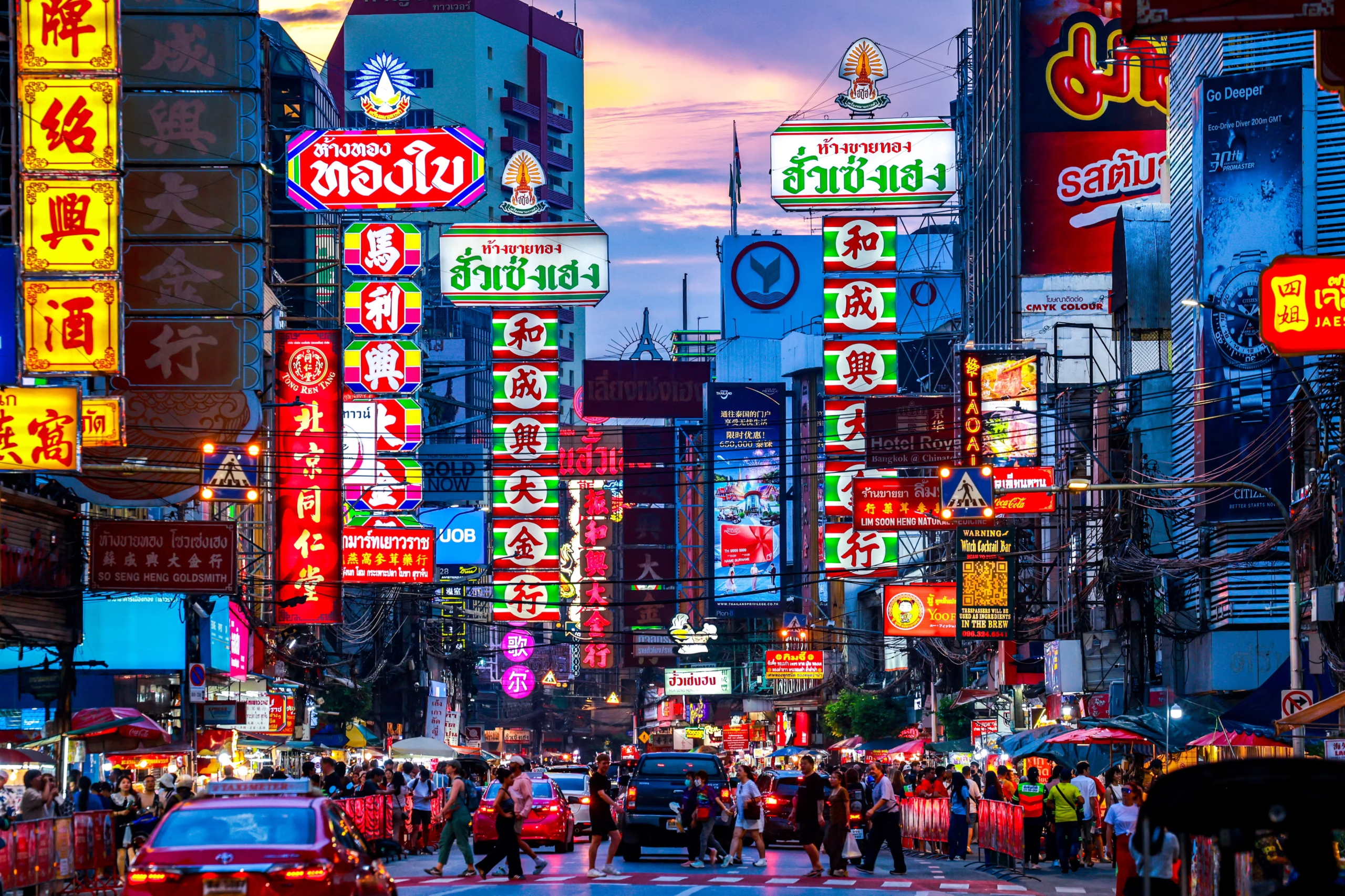China’s tourism industry is experiencing a powerful rebound, with domestic and international travel surging in ways that could generate an estimated $42 billion in economic gains this year. Analysts say the revival of consumer confidence, paired with policy support and pent-up demand, is transforming tourism into one of China’s most dynamic growth engines in 2025.
A Post-Pandemic Travel Revival
After years of restrictions and muted activity, Chinese travelers are returning to the skies, rails, and roads in record numbers. The latest figures from the Ministry of Culture and Tourism reveal that domestic trips are expected to surpass 6 billion this year, exceeding pre-pandemic levels. International travel, though recovering more slowly, is also on the rise, with Southeast Asia, Europe, and the Middle East ranking among the most popular destinations.
Tourism has long been a key driver of China’s service sector, contributing jobs, consumption, and regional development. The current surge is particularly important at a time when Beijing is seeking to rebalance its economy away from over-reliance on real estate and exports.
$42 Billion Boost to the Economy
Goldman Sachs and other financial institutions estimate that the tourism recovery could add up to $42 billion in direct and indirect contributions to China’s GDP in 2025. This includes spending on transportation, hotels, dining, entertainment, shopping, and cultural experiences.
“Tourism’s multiplier effect is significant,” said a Beijing-based economist. “For every yuan spent on a hotel room or flight ticket, multiple yuan are generated across retail, dining, and local services. It’s one of the fastest ways to inject vitality into the domestic economy.”
Domestic Tourism Takes the Lead
China’s government has been actively promoting domestic tourism as a stabilizing force. Incentives such as discounted high-speed rail tickets, expanded holiday periods, and local cultural festivals have encouraged citizens to travel more within the country. Cities such as Xi’an, Chengdu, and Hangzhou have seen a surge in hotel bookings and tourist footfall, while coastal provinces are reporting record occupancy rates at resorts.
International Travel Returns
Although outbound travel has not yet fully matched pre-pandemic highs, it is showing strong momentum. Travel agencies report rising demand for tours to Thailand, Singapore, and Japan, while long-haul destinations such as France, Italy, and the UAE are regaining popularity. Chinese airlines have expanded flight capacity, and new bilateral agreements are easing visa processes for tourists.
International destinations are also banking on the return of Chinese tourists, who are known for their high per-capita spending. The UN World Tourism Organization estimates that Chinese travelers spent over $250 billion abroad in 2019, making them the world’s top tourism spenders.
Policy and Investment Support
The central government has identified tourism as a “pillar industry” for future growth. Recent policy measures include infrastructure upgrades, tax incentives for hospitality firms, and increased marketing of “culture + tourism” initiatives. Private capital is also flowing into the sector, with investment in resorts, theme parks, and digital travel platforms expanding at double-digit rates.
Challenges Remain
Despite the strong momentum, challenges persist. Analysts warn that high youth unemployment and household debt could weigh on consumer spending. Moreover, geopolitical tensions with the U.S. and Europe could affect outbound travel flows. Domestic infrastructure in some popular destinations is also straining under record tourist volumes, raising concerns about sustainability.
The Bigger Picture
For China, the tourism surge is not just about leisure—it’s about rebalancing the economy. By stimulating consumer spending and regional development, Beijing hopes to offset slower growth in property and exports. If projections hold, the $42 billion contribution in 2025 will be more than symbolic—it will represent a crucial stabilizer for the world’s second-largest economy.
The Bottom Line
China’s tourism boom highlights the resilience of consumer demand and the government’s ability to channel it into economic growth. With domestic travel roaring back and international trips accelerating, tourism is poised to play a central role in powering China’s economic recovery this year. For global businesses, from airlines to luxury retailers, the message is clear: the Chinese traveler is back.













